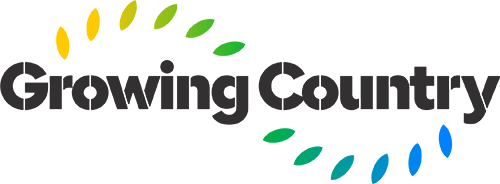Mosaic burning, also known as 'patch' burning, refers to the planned burning of a 'mosaic' of patches (Kimber and Friedel 2015). Mosaic burning is considered best practice across expansive farmland that contains natural fuel breaks such as water bodies. For this reason, it has been recognised as a strategic land management practice and is now implemented in several government burning programs.
Fuel reduction burning focuses on minimising the build-up of highly flammable resources such as leaf litter and dead vegetation (Collins et al. 2023).
Understorey burning aims to reduce shrubs and foliage beneath canopies to reduce fuel loads, diversify habitats and allow fire-tolerant species to grow.
Agricultural (stubble) burning, the burning of crop residues, aims to improve tolerance towards pests, weeds and diseases while also promoting soil fertility and preparing for the next crop rotation (Ditomaso et al. 2017).
Hazard reduction (hot) burning is incredibly common across the Australian landscape due to Australia's dry terrain and unrelenting heat. This practice primarily focuses on minimising the intensity and spread of wildfires through controlled and intentional burning during specific times of the year. These highly controlled fires also intend to provide safety for communities and properties in fire-prone regions (Fernandes and Botelho 2003).



